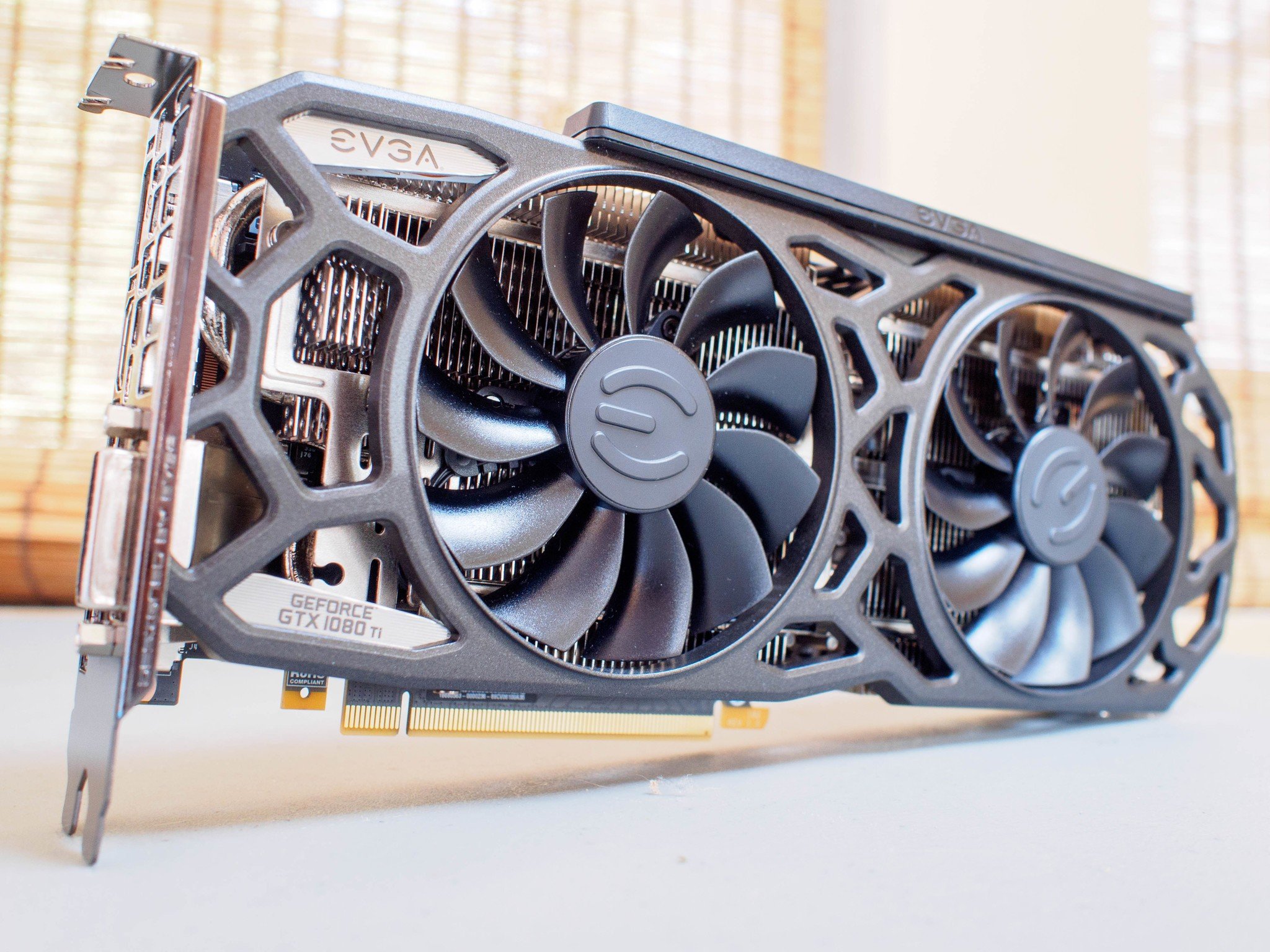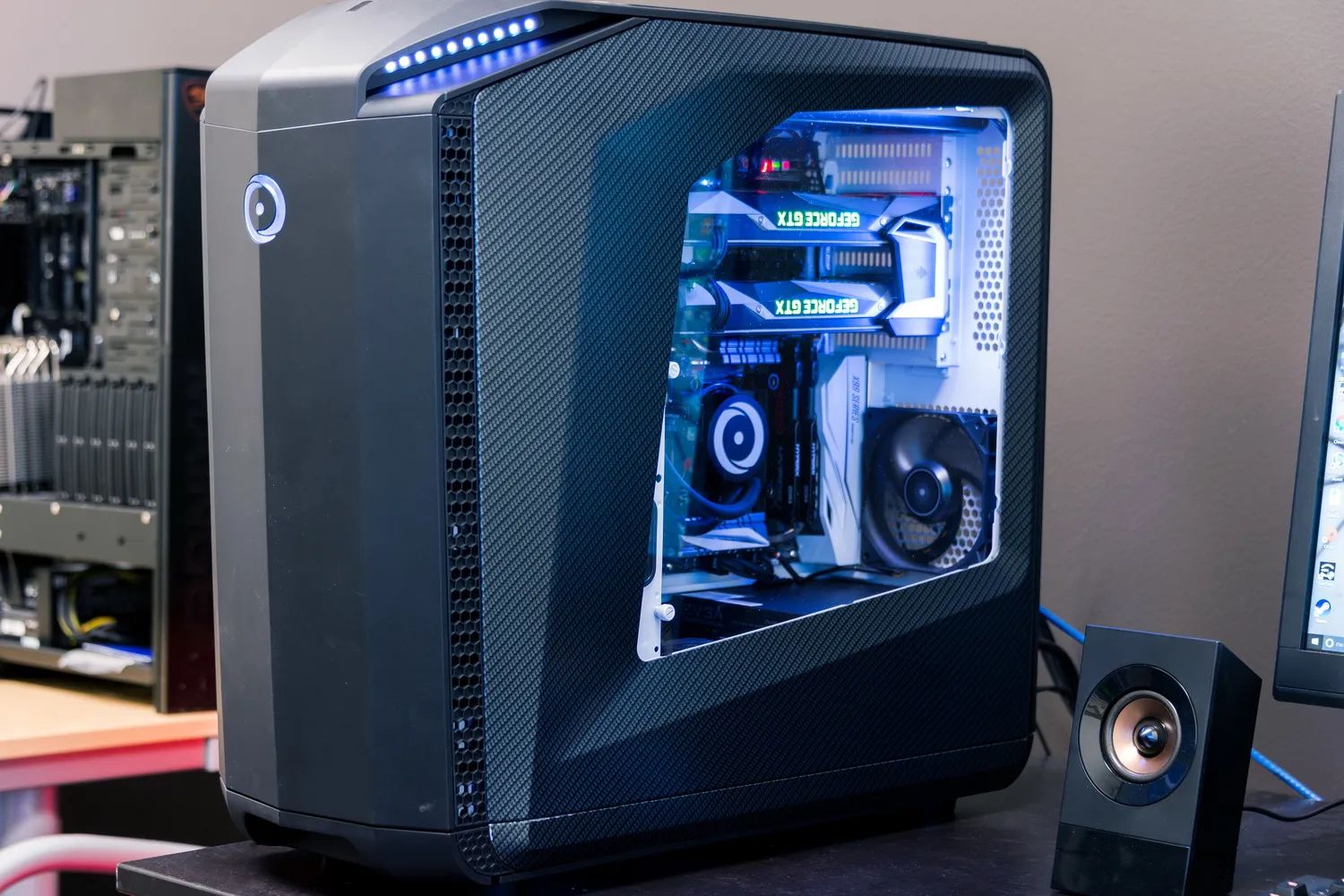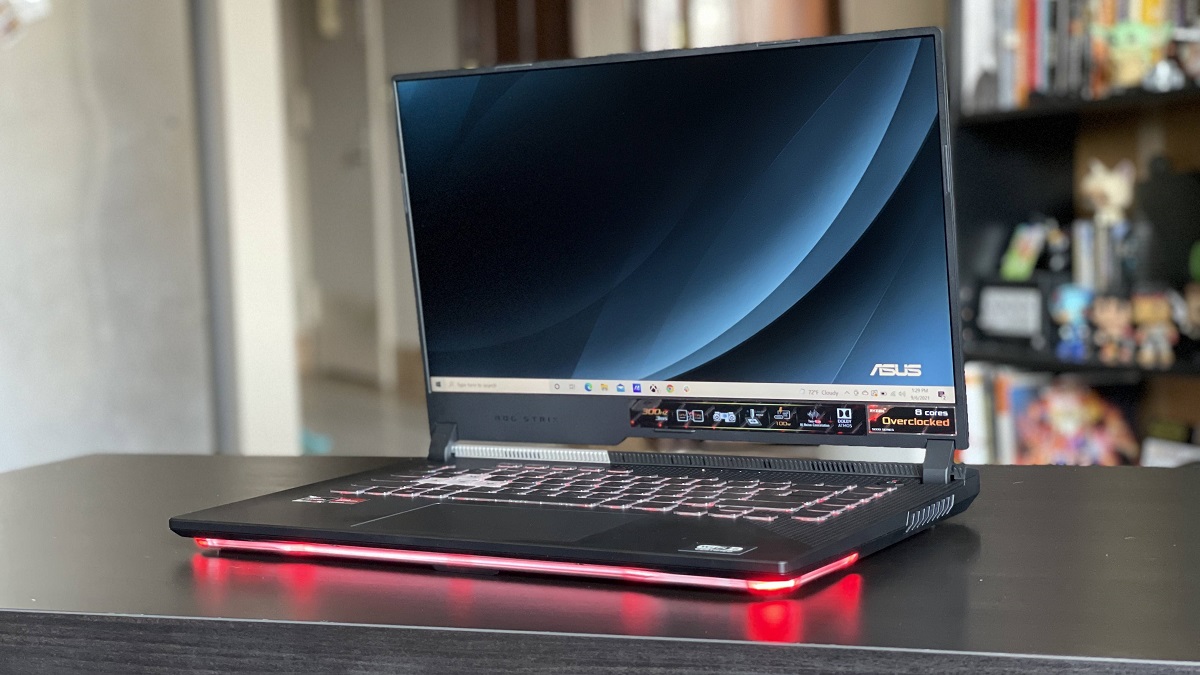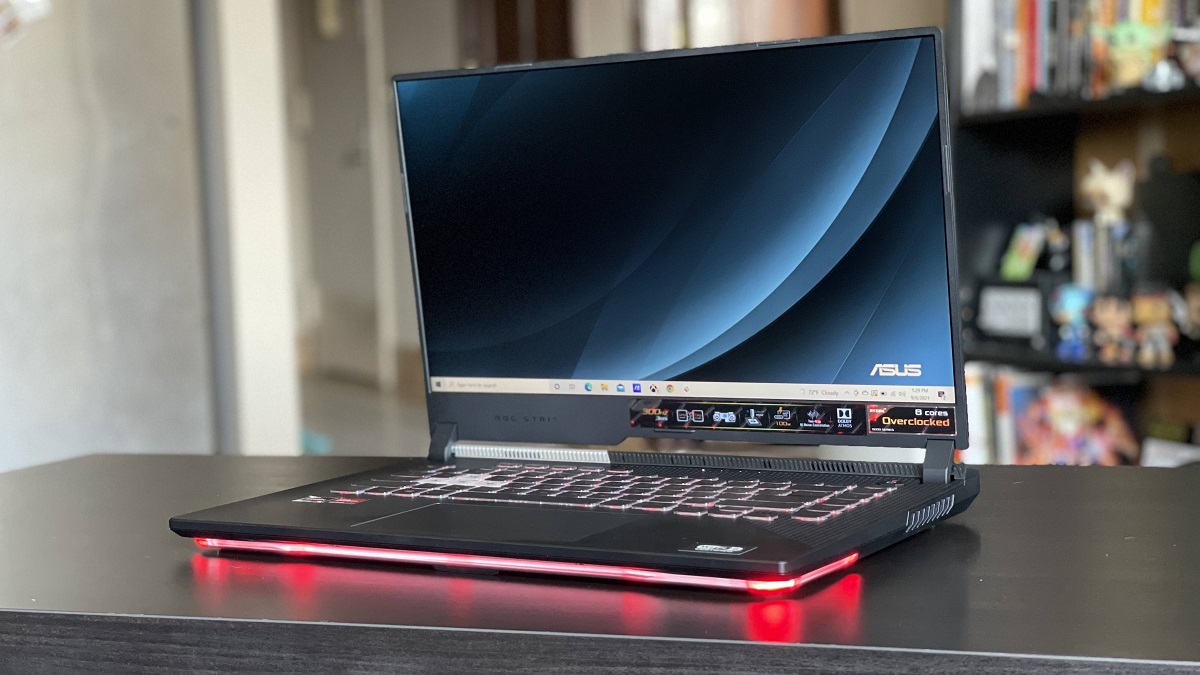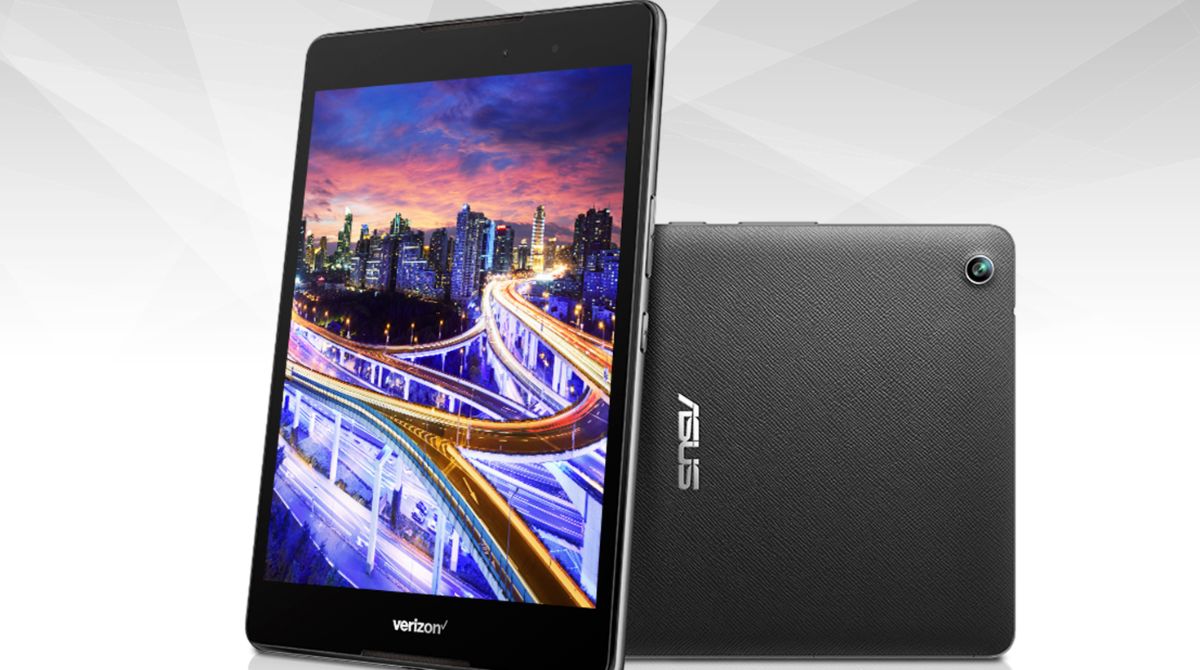Introduction
The year 2016 was a significant one for graphics cards, with several notable releases from both AMD and NVIDIA. These graphics cards pushed the limits of performance and introduced new technologies to enhance the gaming experience. Gamers and PC enthusiasts eagerly awaited the arrival of these graphics cards, eager to upgrade their systems and take advantage of the latest advancements in visual computing.
In this article, we will explore some of the best graphics cards that were released in 2016. From the budget-friendly options to the high-end powerhouses, these graphics cards offered a wide range of performance levels and price points to cater to various needs and budgets. Whether you were a casual gamer looking for solid performance or an enthusiast seeking top-tier gaming capabilities, there was a graphics card for everyone in 2016.
Throughout the year, AMD and NVIDIA engaged in fierce competition, each releasing graphics cards that aimed to outperform and outshine the other. This competition drove innovation and gave consumers more choices than ever before. From the AMD Radeon RX 480 to the NVIDIA GeForce GTX 1080, we will examine the features, performance, and overall value of each graphics card on our list.
In this fast-paced world of technology, it’s easy to get overwhelmed by the constant flood of new releases, each claiming to be the best. However, it’s worth taking a step back and appreciating the achievements of the past. By revisiting the best graphics cards of 2016, we can gain a better understanding of the advancements that have been made and appreciate how these cards laid the foundation for even better options in the future.
So, without further ado, let’s dive into the exciting world of graphics cards in 2016 and discover which ones earned their place on our list of the best graphics cards of the year.
AMD Radeon RX 480
The AMD Radeon RX 480 was one of the most highly anticipated graphics cards of 2016. Released as part of AMD’s Polaris architecture, this card targeted the mid-range market segment with its impressive performance and affordable price.
Featuring 4GB or 8GB of GDDR5 memory and a core clock speed of 1266MHz, the RX 480 delivered excellent gaming performance at 1080p and 1440p resolutions. It also supported AMD’s FreeSync technology, providing smooth and tear-free gameplay when paired with a compatible monitor.
The RX 480 excelled in power efficiency, thanks to AMD’s 14nm FinFET manufacturing process. This allowed the graphics card to deliver strong performance while consuming less power compared to previous generation cards. Additionally, the RX 480 supported DirectX 12 and Vulkan, ensuring compatibility with the latest gaming APIs.
One of the noteworthy features of the RX 480 was its support for Virtual Reality (VR). With VR growing in popularity, AMD ensured that the RX 480 was ready to provide a smooth and immersive VR experience. The card’s performance in VR games was commendable, making it a suitable choice for VR enthusiasts on a budget.
In terms of price, the AMD Radeon RX 480 offered excellent value for its performance. It provided a more affordable option for gamers who wanted to experience smooth gameplay at higher resolutions without breaking the bank. This affordability, combined with its impressive performance and VR capabilities, made the RX 480 a popular choice among gamers in 2016.
To sum up, the AMD Radeon RX 480 was a standout graphics card in 2016, offering solid performance, VR capabilities, and an affordable price. It provided excellent value for mid-range gamers, allowing them to enjoy high-quality gaming experiences without the need for a high-budget graphics card. With its strong performance and competitive price point, the RX 480 firmly secured its place as one of the best graphics cards of 2016.
NVIDIA GeForce GTX 1060
The NVIDIA GeForce GTX 1060 was another highly regarded graphics card released in 2016. Positioned as a mid-range card, it offered impressive performance and a great balance between price and power.
Featuring 6GB of GDDR5 memory and a boost clock speed of 1708MHz, the GTX 1060 delivered excellent gaming performance at 1080p and even performed well in some 1440p titles. It was based on NVIDIA’s Pascal architecture, which brought significant improvements in power efficiency and performance compared to previous generation cards.
The GTX 1060 excelled in energy efficiency, making it an attractive option for budget-conscious gamers. It consumed less power than its predecessors while still delivering solid gaming performance. It also supported NVIDIA’s whisper-quiet cooling technology, ensuring cool and quiet operation during intense gaming sessions.
One of the standout features of the GTX 1060 was its support for Virtual Reality (VR). NVIDIA optimized the card for VR gaming, providing smooth and immersive experiences. It was able to handle VR titles with ease, making it an excellent choice for gamers looking to explore the world of virtual reality.
The GTX 1060 also boasted compatibility with NVIDIA’s G-Sync technology, which synchronized the monitor’s refresh rate with the GPU’s output, reducing screen tearing and providing a smoother gaming experience. This added to the overall appeal of the card, especially for gamers who owned G-Sync compatible monitors.
In terms of price, the GTX 1060 offered great value for its performance. It provided a solid mid-range option for gamers who wanted to experience smooth gameplay at 1080p resolutions without breaking the bank. Its competitive pricing, combined with its power efficiency and VR capabilities, made the GTX 1060 a popular choice among gamers in 2016.
To summarize, the NVIDIA GeForce GTX 1060 delivered impressive performance for its price range, making it one of the best graphics cards of 2016. With its strong gaming capabilities, power efficiency, VR support, and compatibility with G-Sync technology, the GTX 1060 offered excellent value for mid-range gamers. It solidified its position as a top choice for those seeking a reliable graphics card at an affordable price.
AMD Radeon R9 Fury X
The AMD Radeon R9 Fury X was a high-end graphics card that made waves in the gaming community in 2016. Known for its powerful performance and advanced features, the Fury X was designed to cater to gamers who demanded the absolute best.
Equipped with 4GB of high-bandwidth memory (HBM) and a core clock speed of 1050MHz, the Fury X delivered exceptional gaming performance at both 1440p and 4K resolutions. It was based on AMD’s Fiji architecture and utilized cutting-edge technology to deliver stunning visuals and smooth gameplay.
One of the key features of the Fury X was its compact size. Unlike traditional graphics cards that were larger in size, the Fury X featured a compact form factor, making it suitable for small form factor (SFF) systems. This allowed gamers to build powerful gaming rigs in smaller cases without sacrificing performance.
The Fury X also excelled in cooling. It featured an innovative liquid cooling solution, which helped to keep temperatures low and noise levels to a minimum. This allowed gamers to enjoy intense gaming sessions without worrying about heat issues or excessive noise from their graphics card.
Another impressive aspect of the Fury X was its support for AMD’s advanced technologies. It supported AMD’s LiquidVR, which aimed to provide a seamless and immersive VR experience. Additionally, it had support for DirectX 12 and Vulkan, ensuring compatibility with the latest gaming APIs and future-proofing the card.
In terms of pricing, the Fury X was positioned as a high-end graphics card and had a corresponding price tag. It targeted gamers who were willing to invest in the best gaming experience possible and had the budget to do so. While it may not have been the most affordable option on the market, its performance and features justified the higher cost for those seeking top-tier performance.
To sum up, the AMD Radeon R9 Fury X was a formidable high-end graphics card of 2016. With its powerful performance, compact size, advanced cooling, and support for cutting-edge technologies, it catered to gamers who demanded the best gaming experience. While it may not have been the most budget-friendly option, its exceptional performance and features secured its position as one of the top graphics cards in 2016.
NVIDIA GeForce GTX 1080
The NVIDIA GeForce GTX 1080 was the flagship graphics card of 2016, offering unmatched performance and cutting-edge technology. Designed for enthusiasts and gamers who wanted the absolute best, the GTX 1080 set new standards in terms of graphics capabilities.
With 8GB of GDDR5X memory and a boost clock speed of 1733MHz, the GTX 1080 delivered exceptional gaming performance at 1440p and even performed admirably in 4K titles. It was based on NVIDIA’s Pascal architecture, which brought significant improvements in power efficiency and overall performance compared to previous generation cards.
The GTX 1080 was a powerhouse when it came to gaming, easily handling even the most demanding games at high resolutions and detail settings. It introduced NVIDIA’s Simultaneous Multi-Projection technology, which improved performance in virtual reality and multi-monitor setups by dramatically reducing the workload on the GPU.
One of the standout features of the GTX 1080 was its incredible overclocking capability. Gamers who wanted to squeeze every bit of performance from their graphics card could push the GTX 1080 well beyond its stock clock speeds, achieving even higher frame rates and smoother gameplay.
The GTX 1080 also offered support for NVIDIA’s G-Sync technology, which synchronized the monitor’s refresh rate with the GPU’s output, providing tear-free and smooth gaming experiences. This, combined with the card’s raw power, made it a top choice for gamers who wanted the best visual fidelity and buttery-smooth gameplay.
While the GTX 1080 was undoubtedly a high-end graphics card, it still managed to deliver excellent power efficiency. NVIDIA’s Pascal architecture, combined with advanced power-saving features, ensured that the card consumed less power compared to its predecessors. This made it an attractive option for gamers who wanted top-tier performance without breaking the bank on their electricity bill.
In terms of pricing, the GTX 1080 was not a budget-friendly option. It was positioned as a top-tier graphics card, demanding a premium price to match its exceptional performance and cutting-edge features. Gamers who were seeking the absolute best in gaming performance and were willing to invest in it found the GTX 1080 to be an excellent choice.
To sum up, the NVIDIA GeForce GTX 1080 was the undisputed king of graphics cards in 2016. With its unrivaled performance, advanced technology, and impressive power efficiency, it appealed to gamers and enthusiasts alike. Despite its premium price, the GTX 1080 provided the ultimate gaming experience, firmly securing its position as one of the best graphics cards of 2016.
AMD Radeon RX 470
The AMD Radeon RX 470 was a mid-range graphics card released in 2016, offering a solid balance between performance and price. It was designed to cater to gamers who desired a good gaming experience without breaking the bank.
Featuring 4GB of GDDR5 memory and a core clock speed of 1206MHz, the RX 470 delivered excellent performance at 1080p resolutions. It offered a significant upgrade over its predecessor, the RX 460, and provided smooth gameplay in popular titles.
The RX 470 was based on AMD’s Polaris architecture, which brought power efficiency improvements and better performance per watt compared to previous generation cards. This made it an attractive option for gamers who wanted solid gaming performance without putting excessive strain on their power supply.
One of the standout features of the RX 470 was its affordability. It offered great value for its price, providing a cost-effective option for gamers on a budget. Its performance was more than capable of handling modern games at 1080p resolutions, making it suitable for casual gamers or those seeking a mid-range graphics card that wouldn’t break the bank.
In addition to its affordable price, the RX 470 supported AMD’s FreeSync technology, which ensured tear-free and smooth gameplay when paired with a compatible monitor. This technology enhanced the overall gaming experience, providing fluid visuals without the need for V-Sync.
The RX 470 also featured support for DirectX 12 and Vulkan, ensuring compatibility with the latest gaming APIs and future-proofing the card. This allowed gamers to take full advantage of the latest graphical enhancements and optimizations in modern games.
While the RX 470 may not have been the most high-end graphics card on the market, it delivered performance and value that appealed to a wide range of gamers. Its combination of affordability, power efficiency, and solid gaming capabilities secured its place as a popular choice in 2016.
In summary, the AMD Radeon RX 470 provided a cost-effective solution for gamers seeking a mid-range graphics card. With its solid gaming performance, power efficiency, affordability, and support for cutting-edge technologies, the RX 470 offered excellent value for budget-conscious gamers looking for a reliable and capable graphics card.
NVIDIA GeForce GTX 1070
The NVIDIA GeForce GTX 1070 was a high-performance graphics card released in 2016, providing an excellent balance between price and power. It was designed to deliver exceptional gaming performance, making it a popular choice among gamers and enthusiasts.
With 8GB of GDDR5 memory and a boost clock speed of 1683MHz, the GTX 1070 offered impressive gaming performance at both 1440p and 1080p resolutions. It was based on NVIDIA’s Pascal architecture, which brought substantial improvements in power efficiency and overall performance.
The GTX 1070 excelled in delivering smooth and immersive gaming experiences. It handled demanding games with ease, offering high frame rates and excellent visual fidelity. This made it an ideal choice for gamers who wanted to play the latest titles at high resolutions and detail settings.
One of the highlight features of the GTX 1070 was its power efficiency. NVIDIA’s Pascal architecture, combined with advanced power-saving technologies, allowed the card to deliver great performance while consuming less power. This made it an attractive option for gamers looking for a high-performance graphics card without worrying about excessive energy consumption.
The GTX 1070 also supported NVIDIA’s G-Sync technology, which synchronized the monitor’s refresh rate with the GPU’s output, eliminating screen tearing and delivering a smoother gaming experience. This added to the overall appeal of the card, especially for gamers who owned G-Sync compatible monitors.
In terms of pricing, the GTX 1070 offered good value for its performance. While it was positioned as a high-end graphics card, it was relatively more affordable compared to the flagship GTX 1080. This made it a popular choice for gamers who wanted a powerful graphics card without breaking the bank.
The GTX 1070’s performance also extended to virtual reality (VR), offering smooth and immersive VR experiences. It had the necessary horsepower to handle demanding VR games and applications, making it a solid choice for gamers interested in exploring the world of virtual reality.
To sum up, the NVIDIA GeForce GTX 1070 provided outstanding performance and value in 2016. With its impressive gaming capabilities, power efficiency, support for G-Sync technology, and compatibility with VR, it was a top choice for gamers and enthusiasts. It solidified its position as one of the best graphics cards of the year, offering a powerful gaming experience without the premium price of the flagship models.
AMD Radeon R9 390X
The AMD Radeon R9 390X was a high-end graphics card released in 2016, offering excellent performance and advanced features for gamers and enthusiasts. It was designed to deliver a powerful gaming experience without compromising on quality.
With 8GB of GDDR5 memory and a core clock speed of 1050MHz, the R9 390X provided impressive gaming performance at 1080p and 1440p resolutions. It excelled in delivering smooth gameplay and stunning visuals, making it suitable for demanding games and high-resolution displays.
The R9 390X featured AMD’s GCN (Graphics Core Next) architecture, which brought significant improvements in performance and power efficiency. It supported DirectX 12 and Vulkan, ensuring compatibility with the latest gaming APIs and offering the potential for improved performance in modern games.
One of the standout features of the R9 390X was its large memory capacity. With 8GB of VRAM, the card was capable of handling high-resolution textures and running games with demanding graphical settings. It ensured smooth gameplay even in resource-intensive titles, allowing gamers to fully immerse themselves in their gaming experience.
The R9 390X also boasted support for AMD’s Eyefinity technology, which allowed users to connect multiple monitors and create an expansive gaming setup. This feature provided a wider field of view and enhanced immersion, making it a favorite among gamers who wanted a truly immersive gaming experience.
In terms of cooling, the R9 390X utilized an advanced cooling solution to keep temperatures in check during intensive gaming sessions. This ensured that the card maintained optimal performance and longevity, while also keeping noise levels to a minimum.
While the R9 390X provided excellent performance, it did consume more power compared to some of its competitors. Gamers looking to purchase this card needed to ensure that their power supply could handle its power requirements. However, its performance more than made up for the additional power consumption.
In summary, the AMD Radeon R9 390X was a high-end graphics card that offered impressive performance and advanced features. With its 8GB of VRAM, support for Eyefinity, and advanced cooling, it catered to gamers who demanded exceptional visuals and smooth gameplay. While it required a higher power supply and had a corresponding price tag, the R9 390X delivered a powerful and immersive gaming experience for enthusiasts.
NVIDIA GeForce GTX 980 Ti
The NVIDIA GeForce GTX 980 Ti was a high-performance graphics card released in 2016, known for its exceptional gaming capabilities and advanced features. It was designed to deliver top-tier performance and cater to gamers seeking the best gaming experience possible.
With 6GB of GDDR5 memory and a boost clock speed of 1075MHz, the GTX 980 Ti provided outstanding gaming performance at 1080p and 1440p resolutions. It offered smooth gameplay and impressive visuals, making it a popular choice among gamers who wanted to play the latest titles with high detail settings.
The GTX 980 Ti was based on NVIDIA’s Maxwell architecture, which provided significant improvements in power efficiency and overall performance compared to previous generation cards. It supported NVIDIA’s Dynamic Super Resolution (DSR) technology, which allowed gamers to render games at higher resolutions and downscale them to their monitor’s native resolution, resulting in enhanced image clarity and detail.
One of the standout features of the GTX 980 Ti was its support for NVIDIA’s G-Sync technology. G-Sync synchronized the monitor’s refresh rate with the GPU’s output, eliminating screen tearing and providing a smoother and more immersive gaming experience. This technology made the GTX 980 Ti an ideal choice for gamers who wanted tear-free gameplay without the input lag typically associated with V-Sync.
The GTX 980 Ti also excelled in cooling, thanks to its advanced cooling solution. It featured an efficient and robust cooling system that ensured the card stayed cool even during intense gaming sessions. This allowed gamers to push the card to its limits without worrying about overheating.
In terms of pricing, the GTX 980 Ti was positioned as a high-end graphics card, demanding a premium price tag. While it may have been a significant investment, its performance and advanced features justified the higher cost for gamers who demanded the best gaming performance possible.
To summarize, the NVIDIA GeForce GTX 980 Ti was a powerhouse graphics card that provided exceptional gaming performance and advanced features. With its outstanding visuals, support for G-Sync, and efficient cooling, it offered gamers the opportunity to experience the latest titles at high resolutions and detail settings. Although it had a higher price tag, the GTX 980 Ti catered to gamers who wanted the best gaming experience and were willing to invest in a top-tier graphics card.
Conclusion
The year 2016 brought a plethora of exceptional graphics cards from both AMD and NVIDIA, each offering its own unique features and performance capabilities. From the mid-range options to the high-end powerhouses, there were graphics cards available to suit gamers of all budgets and preferences.
AMD impressed with its Radeon RX 480, a mid-range card that offered impressive performance and great value for money. It showcased affordability, power efficiency, and support for virtual reality, making it a popular choice for gamers on a budget.
NVIDIA, on the other hand, dominated the high-end market with the GeForce GTX 1080. This flagship card delivered unparalleled performance, advanced features like G-Sync technology, and remarkable power efficiency. It completely redefined what gamers could expect from a top-tier graphics card.
The GeForce GTX 1070 and Radeon R9 390X were both powerful contenders in their respective price ranges. The GTX 1070 provided a balance of price and power, while the R9 390X impressed with its large memory capacity and advanced cooling solutions.
For gamers seeking a mid-range option, the Radeon RX 470 and GeForce GTX 1060 were solid choices. Both cards offered solid gaming performance, power efficiency, and support for the latest technologies like VR and FreeSync/G-Sync, respectively.
The GTX 980 Ti from NVIDIA offered exceptional gaming performance and advanced features for enthusiasts. Despite its premium price tag, it delivered smooth gameplay and impressive visuals, making it a top choice for dedicated gamers.
In 2016, the graphics card industry experienced fierce competition, driving innovation and providing gamers with an array of choices. From affordability to high-end performance, the best graphics cards of 2016 catered to the varying needs and preferences of gamers.
Looking back, these graphics cards laid the foundation for even better options in the future. They showcased the advancements in power efficiency, gaming performance, and cutting-edge technologies. With each new generation of graphics cards, we continue to experience improved visuals, enhanced gameplay, and more immersive gaming experiences.
As technology progresses, we eagerly anticipate the next wave of graphics cards that will push the boundaries even further, delivering extraordinary performance and elevating gaming to new heights. The best graphics cards of 2016 were a testament to the remarkable strides made in the industry and provided a glimpse into the exciting future of gaming.







